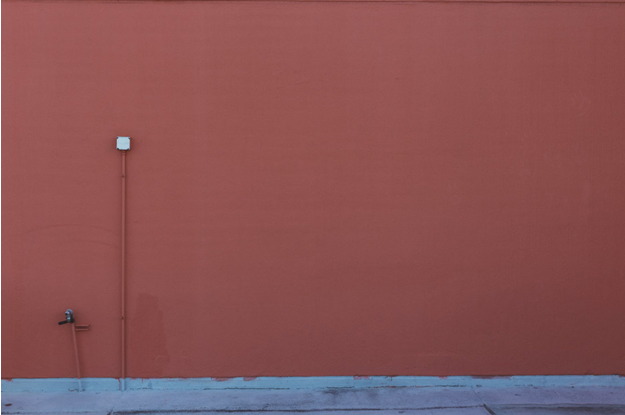Most of the time, a leaking pipe is a boogeyman that everybody uses to scare you until it does happen. After years of use, the pipe may start to corrode. There are other reasons as well. This could also happen due to the expansion and the contraction of the pipes during the cold and the hot season.
Furthermore, if your foundations move or shift slightly, you might have to deal with a cracked pipe. Another reason why your pipe suddenly starts leaking is when there is a problem while installing drywall. During this process, someone could potentially drive a nail through the pipe. In the beginning, you won’t see anything, but as the nail starts to corrode, it will give a path for the water to escape. If you want to do something about it, first find out how it happened so that you can call experts before the problem gets any worse. You can search for the best plumbers near where you live, for example, you could ask around or search for the provider of the best pipe relining in Sydney.
Signs of a Leaky Pipe
So, what exactly are the signs of a leaky pipe?
Bubbled or Peeling Paint
One of the first signs that water is leaking through one of your pipes is that the paint on the wall starts bubbling or peeling. If you see the paint bubble or peeling off then know that there is something wrong. Just know that the leak doesn’t have to be right behind the bubbled or peeled off area. This is because water has a tendency of taking the least resistant path.
Stains
Another sign of a leaking pipe is when you see stains on your walls or your ceiling. It might start as small but as the leak continues, it will start spreading. It might have a brownish or orange tinge. Also, if you try to check the area, you might not feel wetness right away. But it is still a good option to have it checked.
Mold Growth
We all know why mold grows. So make sure that if you see a mold growth then you immediately call the experts to check it out as it might be from a leaking interior pipe. If it is on the bathroom wall then it might be from the lack of ventilation, but it is still better to have it checked out than to be sorry later on.
Temporarily Stopping the Leak
When you find out that there is a leak in your pipes, the first thing that you have to do is to stop the leak. It doesn’t matter if it is a small leak that you can handle yourself or if it is a big project then you may need experts. If you cannot successfully stop the leak then call the experts to save yourself a lot of grief, money, and time.
Step # 1
Find out the valve for that specific area of pipes and shut it off immediately. This will ensure that no more water goes to that pipe.
Step # 2
Find out the faucets that are connected to that pipe and open them up so that the water still in the pipe can be drained. You can also use an air compressor to do the job.
Step # 3
If the pipe is out in the open then you should immediately use a towel or a cloth to wipe the pipe dry. This will make sure that there is no more condensation or any amount of water remaining in the pipe. Once you have thoroughly examined the pipe and exhaustively cleaned it up, leave it to air dry.
Step # 4
Once the pipe is dry and there is no more water in it, there are two things that you can do to plug the pipe temporarily. The first is an old-school method that old plumbers still suggest to this day. It is a nifty little trick that actually does work. What you have to do is to take a pencil and stick the sharp tip into the leak. Then you break it off so that the lead tip is plugged into the hole. Once it is done, apply epoxy to the entire area with a knife.
The second option is a modern one and most of the plumbers will recommend this one to you. All you have to do is to apply some epoxy to the area that is leaking and let it dry.
Step # 5
Once you have used either of the two options that we shared above, use a rubber or a garden hose to cover up the entire area. It must be two inches longer on either side of the leak itself. Put the rubber piece over the leak and then apply metal hose clamps to tighten the rubber or the piece of garden hose. Make sure that you leave it for at least an hour so that it can set.
Step # 6
Once you have made sure that the leaking pipe has been thoroughly dried as well as the rubber that you put on it, use waterproof tape and tape it around the area so that the leaking area is completely covered in it. Just for safety, make sure that you apply several layers of it.
Step # 7
Now turn the water back on and see if there is still water leaking from that place.
Conclusion:
Any incident of water damage at your home is like a pain in the neck. It is recommended that you seek professional help to fix the leakage problem because their solutions last long, but if it is a minor one then you can also rely on yourself by following the above-mentioned steps.


